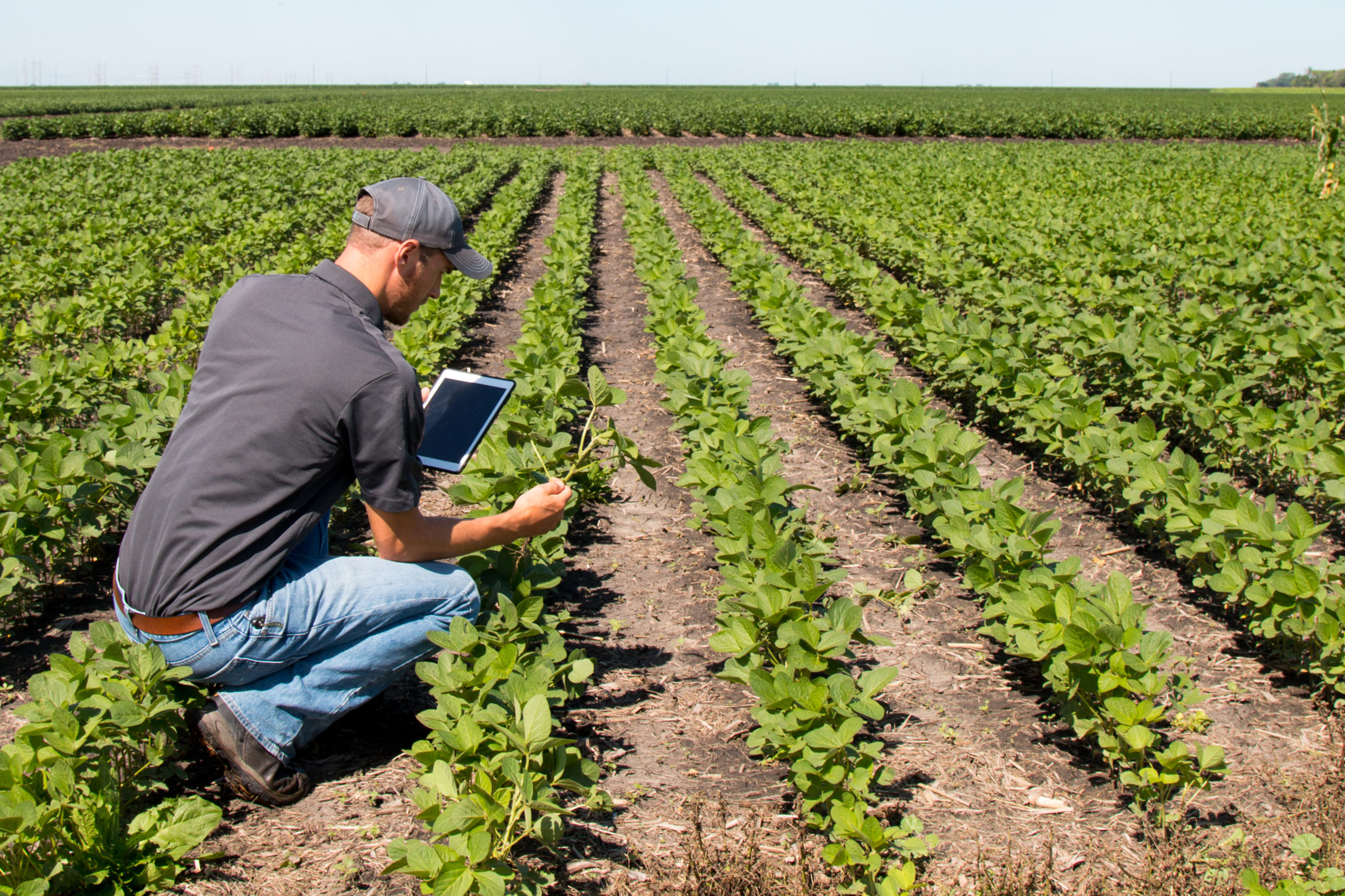Creating the Next Revolution in Agriculture
We have an agricultural production challenge. Here is a quote from the Food and Agriculture Organization of the United Nations to put it into perspective.
“Even if total demand for food and feed may indeed grow more slowly, just satisfying the expected food and feed demand will require a substantial increase of global food production of 70 percent by 2050.” - How to Feed the World in 2050
How do we meet this demand? We seek to provide some starting points by examining what advances led to our previous increases in yield, and how building upon those advances might pave the way for the next agricultural revolution.
A Brief History of Agricultural Yield
There are six basic practices that have allowed us to achieve today’s levels of agricultural production:
- irrigation
- application of inorganic fertilizer
- chemical pest control
- intensive tillage
- monocultures
- genetic manipulation of crops
Prior to that, there were two main advances – the further improvement of plant varieties through selective breeding, and around the time of the Industrial Revolution, mechanization to till the soil.
We see that modern tilling, monocultures, and genetic engineering are all enhancements of previous technologies, while inorganic fertilizers and chemical pest control were novel technologies. Likewise, a combination of enhancing previous technologies and the development of novel technologies such as improved sensors and artificial intelligence will likely be needed for the next agricultural revolution.
To exemplify how far we have already improved crop yields during history, crop yields experienced a 400 percent increase from 500 kg/ha in medieval times to 2,000 kg/ha in the Industrial Revolution. They experienced another 400 percent increase when the Green Revolution arrived, taking us up to 8,000 kg/ha. (Our World in Data: Long-term cereal yields in the United Kingdom, 1270 to 2014). Another 400 percent increase would certainly help with our present agricultural production challenge.
Realizing the Agricultural Potential
Even with all our combined innovations—which have led to a 1600 percent increase in agricultural yield throughout history—, this is just the tip of the iceberg of the food increase that is possible. That is because the food we eat today is only 6 percent of the total global agricultural dry biomass. To put this into perspective, the 1600 percent increase in yield throughout history was necessary just so we could support today’s human population on this small fraction of the total solar energy captured by plants.
Building upon this, if we could utilize, say, an extra 1.5 percent of the total dry biomass as food, that would be equivalent to another 400 percent yield increase. That would constitute another agricultural revolution.
Unusable Biomass: Improving a Core Inefficiency
Much of the reason why only 6 percent of total dry biomass is available as food is because there is quite a bit of waste. This waste is in the form of roots left behind during harvest and fibrous plant material used in the structural support of staple crops. The leaves of those staple crops are also considered waste because the edible parts of corn, wheat, rice, and soy all come from the reproductive portions of their plants rather than the leaves. This contrasts with herbaceous plants like spinach and lettuce whose leaves are fully consumable. This fibrous material is unwanted use of plant energy if our goal is to produce more food. In fact, the less unusable biomass, the better.
A good way to achieve less unusable biomass is by growing shorter plants. In fact, it was largely the development of a deficiency in the plant hormone gibberellin in rice that fueled the Green Revolution in the 1960s. Gibberellins are responsible for elongating stems from node to node. Thus, their removal leads to shorter stature, reduces the amount of fibrous material and allows captured solar energy to be redirected toward the edible portions of plants.
The Next Generation of Plants
Today, work is underway by multiple growers to achieve shorter stature corn, different from dwarf varieties in that the harvested corn is not also of diminished size. This is a step in the right direction. There are other properties of gibberellin-deficient plants that are advantageous, such as drought tolerance that make it even more worthwhile to develop plants with this property.
Just as we have a hard time comparing the first generation of maize from modern-day sweet corn, tomorrow’s plants may look very different from today’s plants. They will probably be shorter, stouter, and more drought-resistant, enabling them to survive and thrive in a broader range of climates which will help boost their resilience to climate change.
Plants follow pre-programmed developmental pathways built into their DNA, much like computer programs are built into our cell phones. We can make computer programs more efficient by improving their runtime, performing the same job in less time and with less use of resources.
Thankfully, the same appears to be possible for plants. With developments in plant breeding such as the use of sensors and artificial intelligence, we can determine which plants are likely to have more resilient offspring. This will help us to produce plants with more nutritious yields with less agricultural inputs, putting us on course for our next agricultural revolution.




Leave a Reply